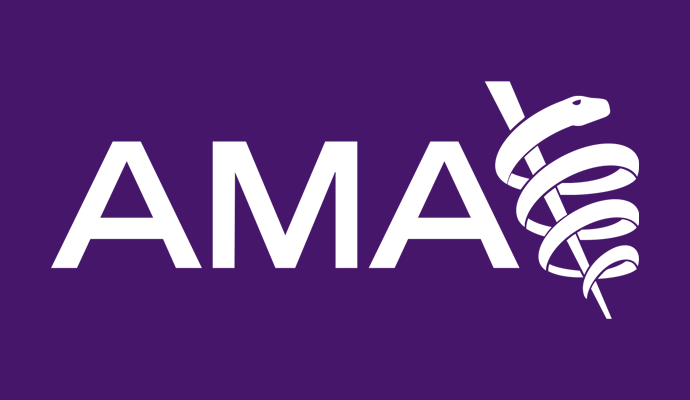AMA Seeks Alternative Payment Models for Vulnerable Populations
New policies adopted by the AMA support the creation of alternative payment models that specifically address high-risk and vulnerable populations.

Source: Xtelligent Healthcare Media
- In an effort to reduce healthcare disparities, the American Medical Association (AMA) recently vowed to support the creation of new alternative payment models that specifically address the outcomes of high-risk and vulnerable populations.
At its annual meeting on June 11 in Chicago, the industry leader adopted the following three policies related to alternative payments models and vulnerable populations:
- Support alternative payment models that link quality measures and payments to outcomes specific to vulnerable and high-risk populations, as well as decrease in healthcare disparities
- Promote the creation and implementation of physician-focused alternative payment models that incentivize improved outcomes for high-risk and vulnerable populations
- Advocate for appropriate risk adjustment of performance results based on clinical and social determinants of health data to prevent the penalization of providers for factors beyond their control
“If patients’ basic needs are not met, they are unlikely to stay healthy, regardless of the quality of care received,” William E. Kobler, MD, an AMA board of trustees member, stated in the press release. “Because APMs are typically designed to be flexible to compensate for care that is not traditionally reimbursed, they present an opportunity to better care for and serve vulnerable populations.”
During the meeting, the AMA expressed concerns that existing alternative payment models, including those qualifying as Advanced Alternative Payment Models under MACRA, disincentivize providers from treating vulnerable or high-risk patients.
Vulnerable and high-risk patients are high-cost, high-utilizer populations. In fact, almost half of the nation’s healthcare spending stems from the top five percent of the population with greatest spending, Furthermore, the top one percent represents over 20 percent total healthcare costs.
The populations are prime for alternative payment models, which aim to reduce total costs of care while improving outcomes.
CMS has also found significant differences in the way vulnerable populations experience patient care compared to white patients. Certain alternative payment models, including those in MACRA, explicitly promise to reduce healthcare disparities.
However, providers may hesitate to shift their vulnerable and high-risk patients to a payment model tied to quality and cost performance.
Failing to control the utilization, outcomes, and costs of vulnerable and high-risk patient populations spell trouble for performance-based or shared savings payments under bundled payments, accountable care organizations (ACOs), and other alternative payment models. In some instances, providers “cherry pick” patients, or select healthier patients to assign to an alternative payment model in order to maximize rewards.
Quality measures used in alternative payment models may also disincentivize providers from participating or unfairly penalize certain providers. Measures that do not specifically identify demographic factors, such as race and ethnicity, may fail to address the care barriers and issues experienced by vulnerable populations.
Alternative payment models that do not include quality measures designed for vulnerable populations disproportionately penalize the key providers treating vulnerable and high-risk patient populations. Research has shown that safety-net hospitals and other providers fare worse in pay-for-performance programs, such as Medicare’s Hospital Readmission Reduction Program (HRRP), compared to their peers.
Neglecting to account for social determinants of health and other care barriers in alternative payment models may disincentivize safety-net providers from participating.
Therefore, the AMA is advocating for the development of new models that account for social determinants of health through quality measures and appropriately adjust performance for the providers treating the most vulnerable patient.
“We know that disparities in health outcomes are commonly related to non-medical factors, including geography and socioeconomic status, which are among the factors in the social determinants of health. To affect change and truly realize optimal health for all, we must encourage care to specifically meet the needs of vulnerable populations,” Kobler stated.
